Some animals are so rare, most people go their whole lives without seeing them.
Yet they’re out there—tucked into quiet corners of U.S. national parks, hiding in plain sight.
A flash of movement in the brush.
A set of prints in the snow.
You won’t always spot them, but knowing they’re nearby adds a thrill to every trail.
Then there are the regulars—the curious faces that show up again and again, like old friends.
They don’t mind the crowds, the cameras, or the noise. They’re part of the park experience, and they never fail to impress.
Whether you’re hoping to catch a glimpse of something extraordinary or just want to enjoy familiar wildlife that never gets old, some parks offer both. You just have to know where to look—and who to look for.
Red Wolf
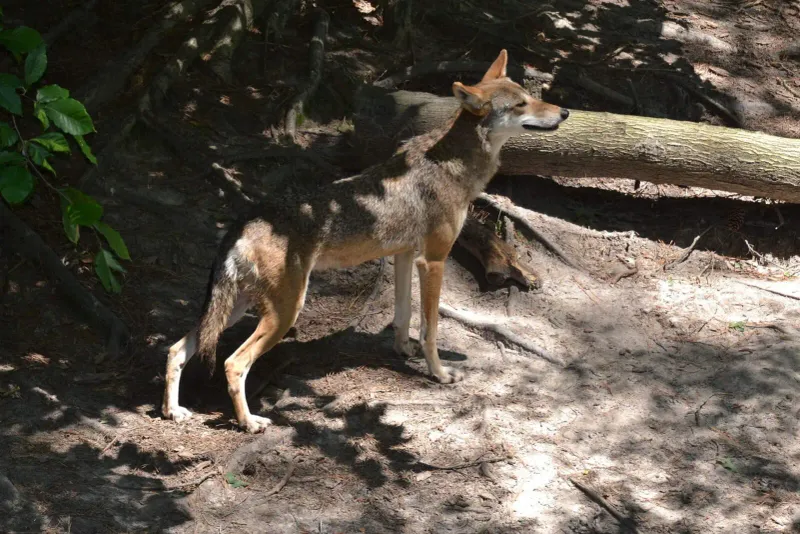
With its fiery coat and keen gaze, the red wolf prowls the forests of the Great Smoky Mountains. This elusive creature, once on the brink of extinction, now symbolizes hope. Its haunting howls echo through the trees, a reminder of nature’s resilience. The red wolf’s journey from near extinction to recovery is a testament to conservation efforts. Despite challenges, it thrives in protected areas, a beacon of wild beauty. Observing a red wolf in its natural habitat is a rare privilege, offering a glimpse into the untamed spirit of America’s wilderness.
California Condor
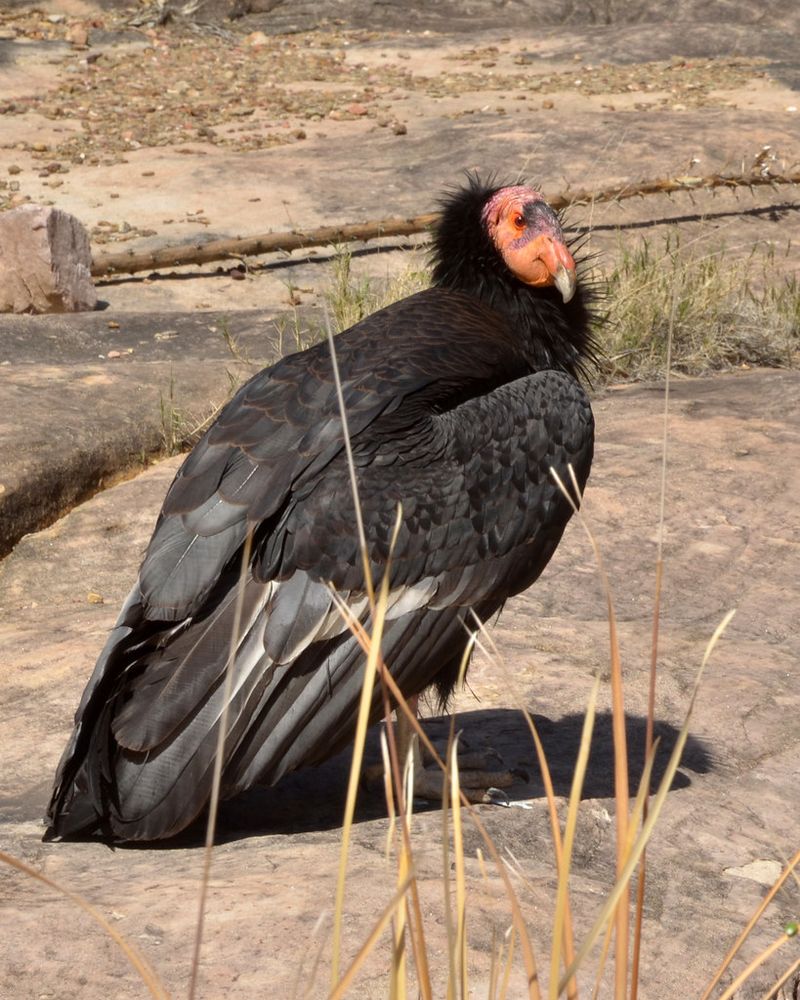
In the vast skies above the Grand Canyon, the California condor reigns supreme. With wings stretching nearly ten feet, it casts an imposing shadow on the earth below. This magnificent bird, once nearly extinct, now soars as a testament to human dedication to wildlife conservation. Its presence in the sky is both inspiring and humbling. Watching a condor glide effortlessly, one can’t help but marvel at the grandeur of nature. The bird’s striking appearance and impressive recovery make it a symbol of hope for endangered species everywhere.
Key Deer

In the serene landscapes of the Florida Keys, the diminutive key deer roams with quiet grace. Standing only about two feet tall, it is a gentle reminder of the delicate balance of nature. These deer are uniquely adapted to their subtropical habitat, thriving in mangroves and coastal hammocks. Their presence is both a delight and a challenge, as they face threats from habitat loss and vehicle collisions. Conservation efforts continue to protect this iconic species, ensuring that they remain a beloved symbol of the Keys’ natural beauty.
Sierra Nevada Bighorn Sheep
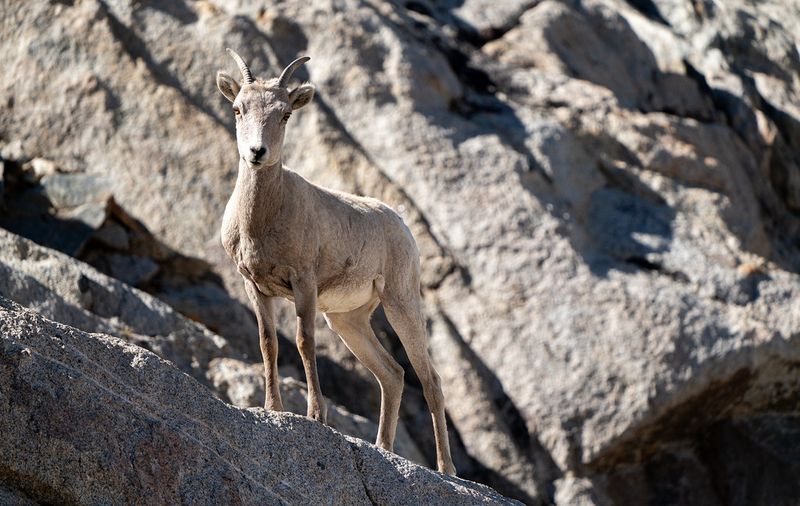
Perched on the rugged cliffs of the Sierra Nevada, the bighorn sheep commands attention with its striking horns and sure-footed elegance. This resilient animal, adept at navigating treacherous terrain, embodies the spirit of the mountains. Once dwindling in numbers, the Sierra Nevada bighorn sheep has made a remarkable comeback. Conservationists have worked tirelessly to ensure its survival in these majestic landscapes. Observing these creatures in their natural habitat is a breathtaking experience, showcasing the beauty of nature’s resilience and diversity.
Florida Panther
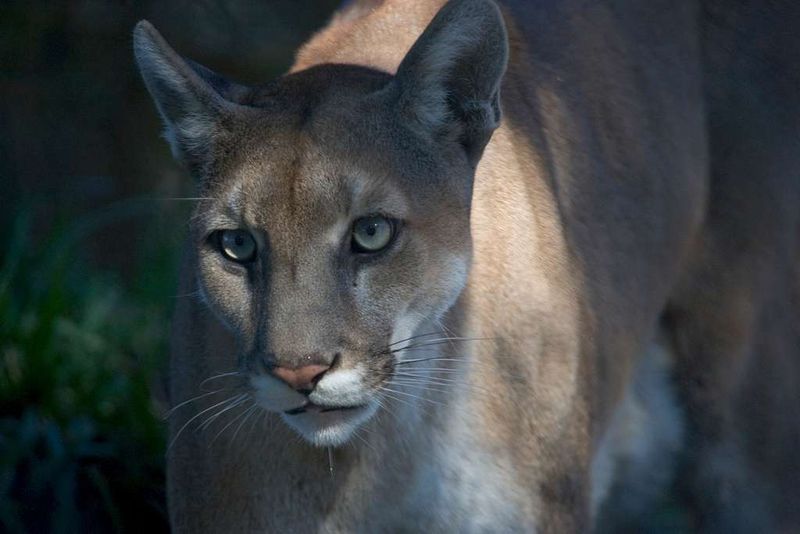
Amidst the swamps of the Everglades, the elusive Florida panther prowls with grace and power. This majestic feline, an icon of the southeastern wilderness, is a master of stealth. Its golden eyes and tawny coat blend seamlessly into the dappled light of the forest. Endangered yet enduring, the Florida panther faces numerous threats, but conservation efforts provide hope. Protecting its habitat ensures that future generations may witness the panther’s silent tread and feel the thrill of sharing space with one of nature’s great predators.
Mexican Gray Wolf
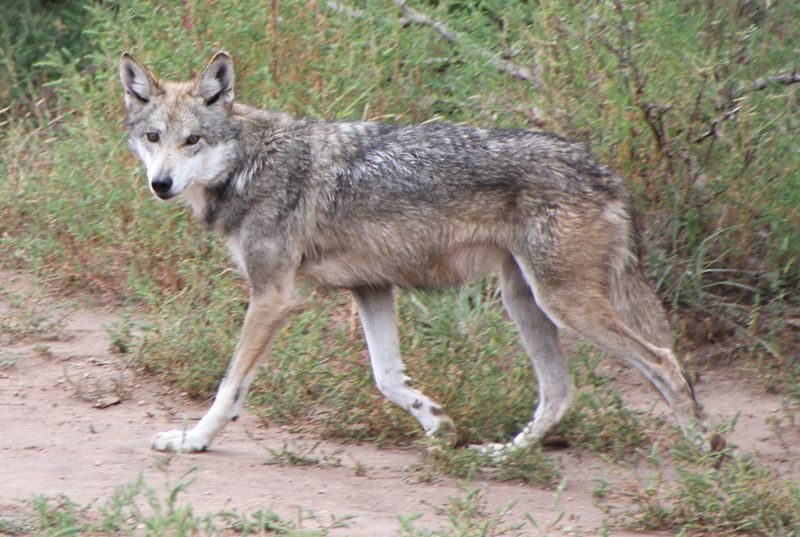
In the arid terrain of New Mexico, the Mexican gray wolf roams as a symbol of survival and adaptability. Once nearly vanished from the wild, this wolf has slowly been reintroduced into its native habitat. Its striking coat of gray and brown mirrors the colors of the desert landscape. Known for its intelligence and social bonds, the Mexican gray wolf is an important part of its ecosystem. Conservation programs have played a crucial role in its recovery, offering hope for the future of this captivating species.
Hawaiian Monk Seal
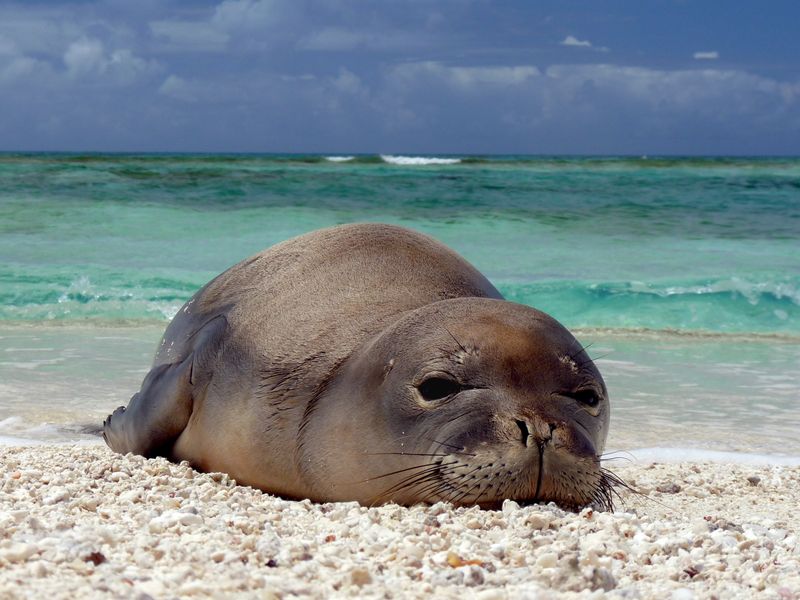
Basking on the sun-drenched beaches of the Hawaiian Islands, the Hawaiian monk seal is a serene presence. This endangered marine mammal, with its sleek body and gentle eyes, embodies the tranquility of island life. Once abundant, the monk seal now faces challenges from human activities and environmental changes. Efforts to protect its habitat and ensure its survival are ongoing. Seeing a monk seal resting on the warm sands is a reminder of the delicate balance between humans and nature, and a call to cherish these unique creatures.
Grizzly Bear

In the wilderness of Yellowstone, the grizzly bear stands as an emblem of raw power and natural majesty. Watching a bear fish for salmon in a rushing river is a spectacle of nature’s prowess. Its sheer strength and size command respect and awe. The grizzly’s presence in Yellowstone is a critical part of the ecosystem, influencing the landscape and its inhabitants. Conservation efforts ensure that these iconic bears continue to roam freely, offering future generations a chance to witness their untamed beauty and grace.
Piping Plover
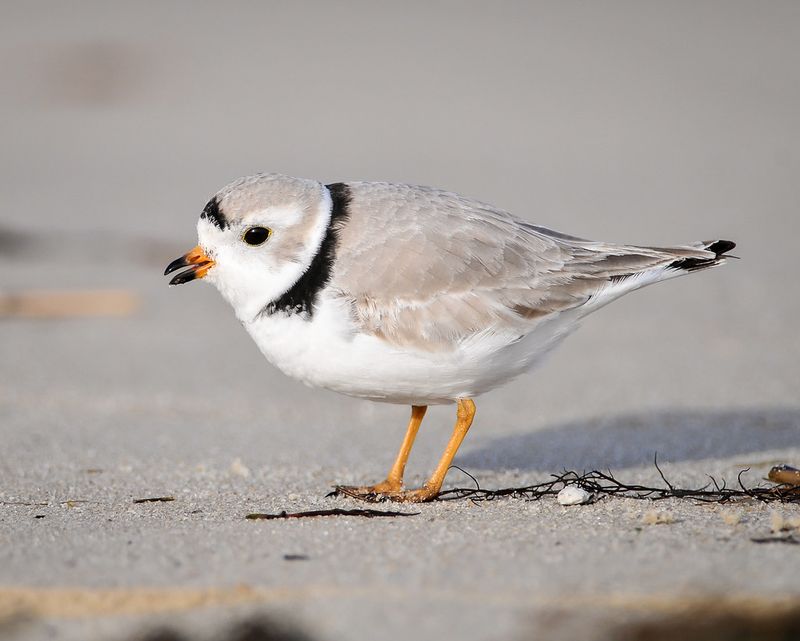
On the sandy shores of Cape Cod, the piping plover scuttles with delicate precision. Its diminutive size and soft, melodic calls make it a charming sight for beachgoers. Yet, this little bird is a conservation concern, with its nesting habitats under threat from development and human activity. Efforts to protect the plover’s breeding grounds are crucial. Spotting a piping plover is a gentle reminder of the fragile beauty of coastal ecosystems and the importance of preserving them for future generations.
Jaguarundi
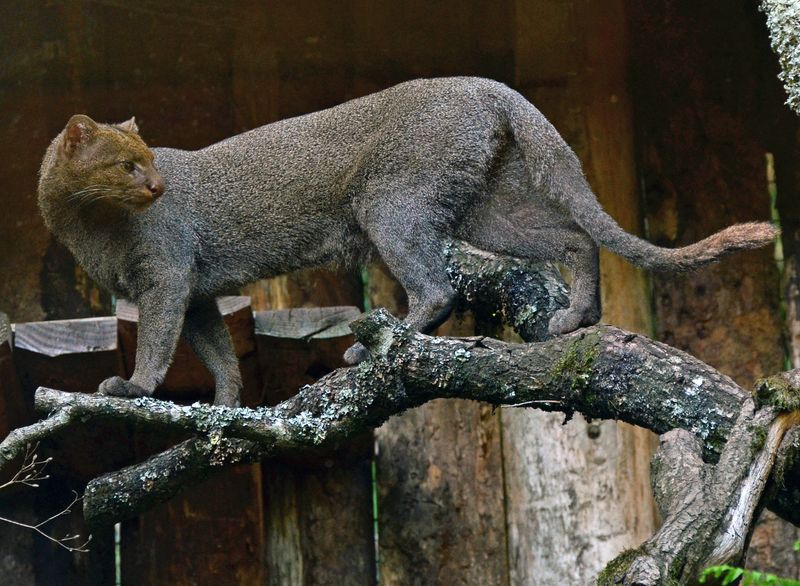
In the thick brush of South Texas, the jaguarundi moves with stealthy elegance. Its elongated body and distinctive coat make it a unique member of the feline family. This reclusive cat is rarely seen, adding to its mystique. Once thought extinct in the U.S., the jaguarundi’s presence in Texas is a testament to the region’s biodiversity. Conservation efforts aim to protect its habitat, ensuring that this mysterious creature can continue to roam the wild. Observing a jaguarundi in its natural setting is a rare glimpse into the hidden world of nature.
Sonoran Pronghorn

The Sonoran pronghorn, with its remarkable speed and agility, races across the Arizona desert. This antelope’s sleek form is built for running, making it one of the fastest land animals in North America. Despite its speed, the Sonoran pronghorn faces challenges from habitat loss and competition for resources. Conservation efforts are vital in preserving its desert home. Observing a pronghorn in full stride is a breathtaking sight, illustrating the grace and power of nature’s design and the importance of protecting these unique creatures.
Rainbow Trout
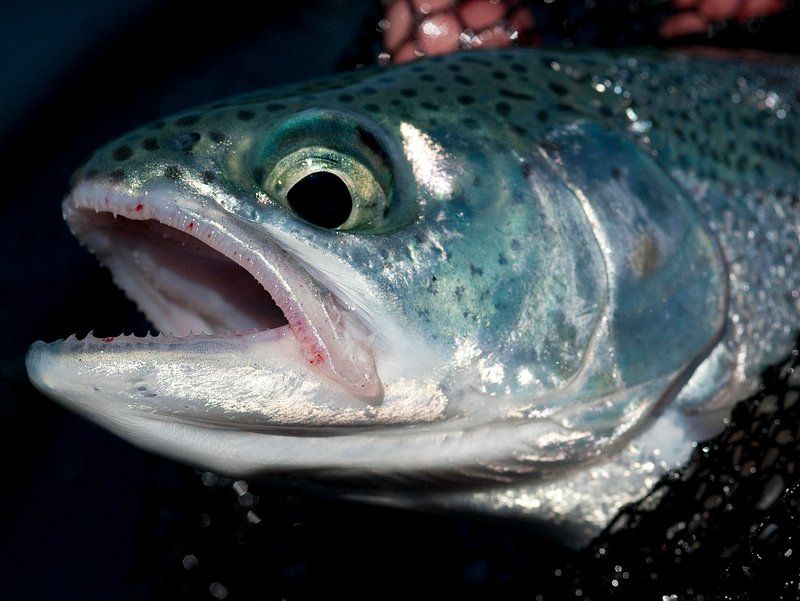
In the crystalline streams of the Great Smoky Mountains, the rainbow trout darts with vibrant energy. Its iridescent scales catch the sunlight, creating a dazzling display of color. This fish is a favorite among anglers and nature enthusiasts alike. Despite being common in many areas, the rainbow trout’s presence in the park is a key component of the aquatic ecosystem. Conservation efforts ensure healthy populations, allowing future generations to appreciate this lively swimmer. Watching a rainbow trout in its natural habitat is a joyful experience, celebrating the beauty of freshwater life.
American Alligator
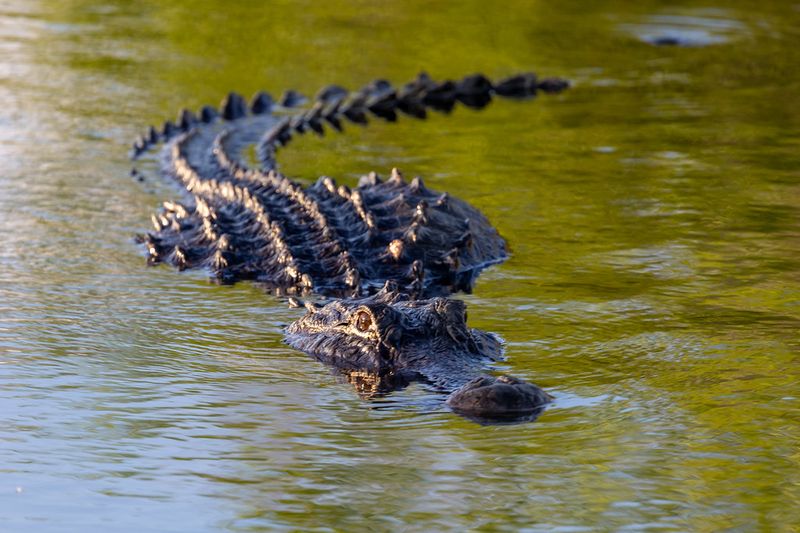
The American alligator, a formidable presence in the swamps of the Everglades, embodies the raw power of the wild. Its armored body and piercing eyes evoke both awe and respect. As a keystone species, the alligator plays a crucial role in shaping its environment. Watching one sunbathe on the banks of a swamp is a testament to the intricate balance of nature. Conservation efforts have helped recover alligator populations, ensuring that this ancient reptile continues to thrive and maintain the health of its ecosystem.
Bison
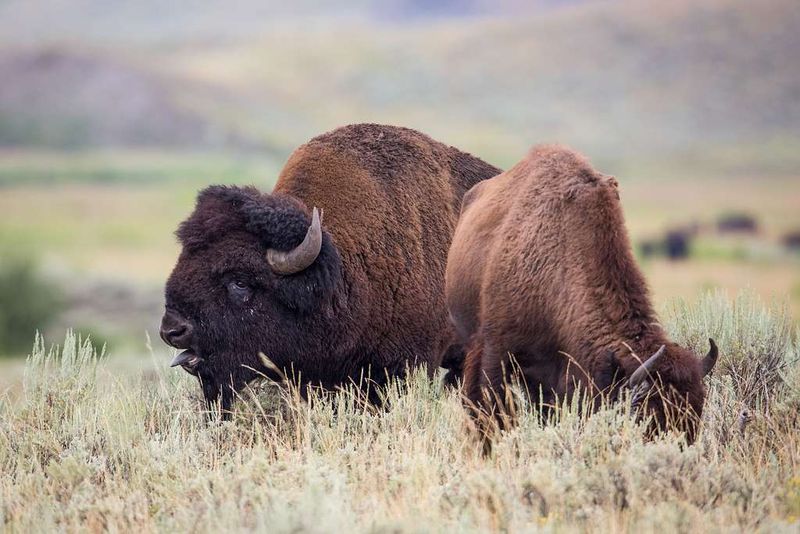
Roaming the expansive plains of Yellowstone, the bison stands as a symbol of the American wilderness. Its imposing form and shaggy coat are iconic images of the park. Once nearing extinction, bison now thrive in protected areas, a testament to successful conservation. Seeing a herd graze peacefully against the backdrop of a vast landscape is a reminder of the country’s natural heritage. The bison’s presence enriches the ecosystem, supporting a diverse array of species. Observing these majestic creatures is a profound experience, connecting us to the wild heart of America.
Mountain Lion
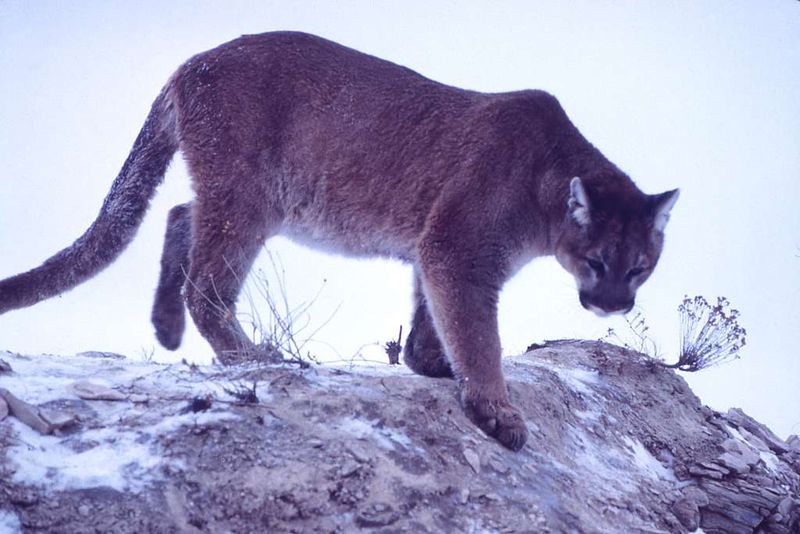
In the rugged terrain of Yosemite, the mountain lion moves with silent grace. This apex predator, with its powerful build and keen senses, is a master of its domain. Known for its elusive nature, the mountain lion is rarely seen, adding to its mystique. Its role in the ecosystem is critical, helping to maintain balance among prey populations. Conservation efforts focus on protecting its habitat and ensuring coexistence with human activities. Observing a mountain lion in its natural setting is a rare and breathtaking experience, highlighting the beauty and complexity of nature.
Peregrine Falcon
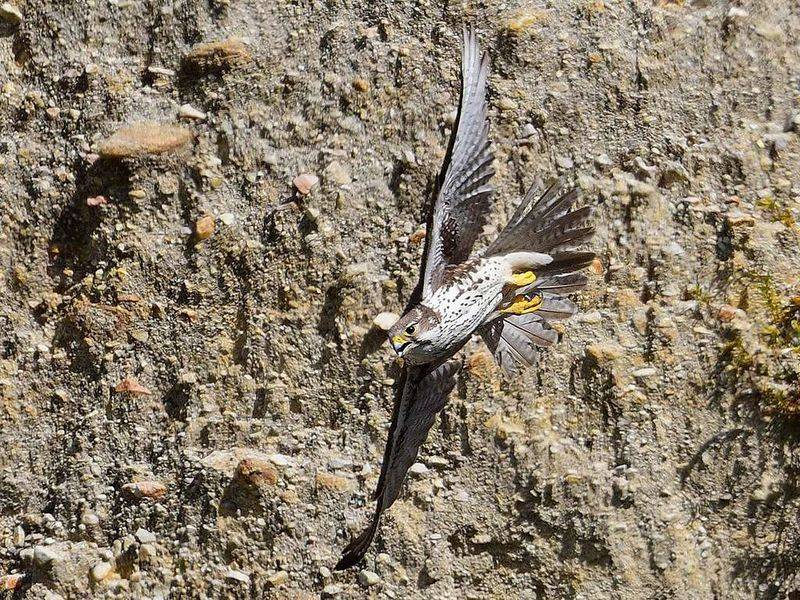
Soaring above the cliffs of Acadia, the peregrine falcon is a marvel of speed and precision. Known as the fastest bird in the world, it dives in pursuit of prey with unmatched agility. This raptor’s recovery from the brink of extinction is a success story in wildlife conservation. Its keen eyesight and powerful talons make it a formidable hunter. Watching a peregrine falcon in flight is a thrilling experience, showcasing the incredible adaptations of birds of prey. Its presence in the park is a symbol of resilience and the commitment to preserving nature’s wonders.
Elk
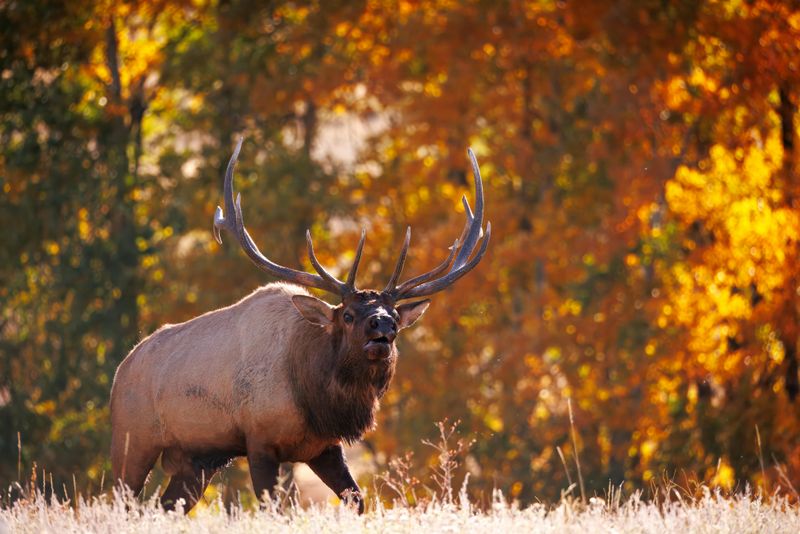
In the meadows of Rocky Mountain National Park, the elk stands tall, its antlers reaching skyward. This majestic creature, with its impressive stature and vocal bugle calls, is a highlight for visitors. As autumn approaches, witnessing an elk’s rutting display is a captivating experience. Elk populations, once dwindling, have rebounded thanks to conservation efforts. Observing these animals in their natural habitat offers a glimpse into the rich biodiversity of the Rockies. The elk’s presence enriches the landscape, creating a vibrant ecosystem that supports a variety of wildlife.
Desert Tortoise
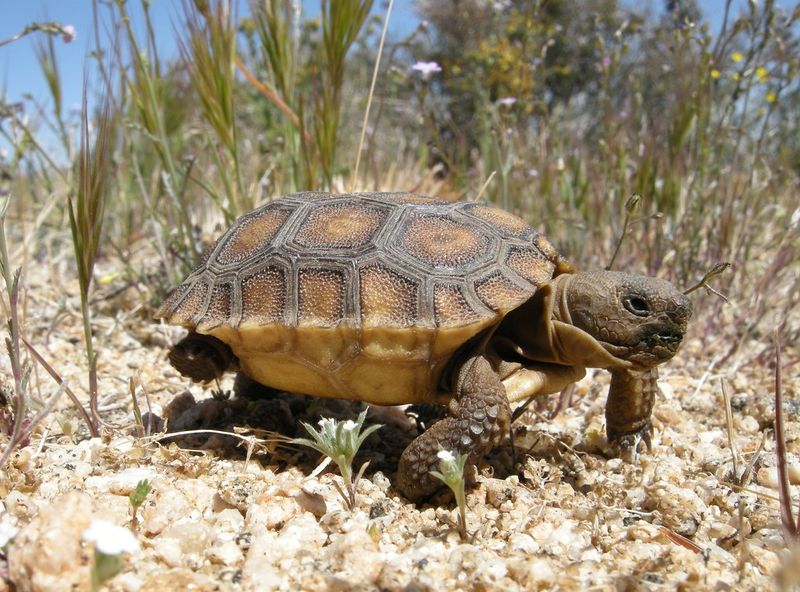
In the arid expanse of Joshua Tree, the desert tortoise ambles with unhurried determination. This ancient reptile, with its protective shell and slow pace, is perfectly adapted to desert life. The tortoise’s longevity and resilience make it a symbol of survival in harsh conditions. Conservation efforts focus on protecting its habitat from development and human interference. Observing a desert tortoise in its natural setting is a humbling experience, reminding us of the delicate balance of desert ecosystems and the importance of preserving these unique creatures.
Moose
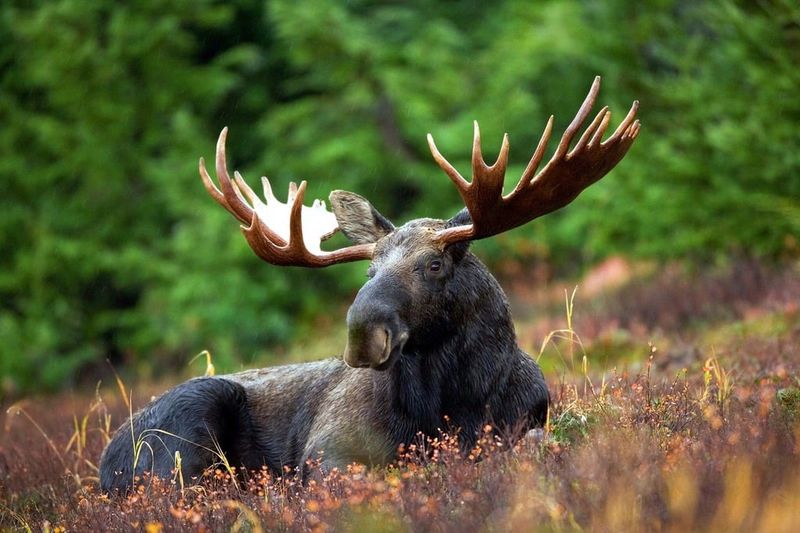
In the tranquil waters of Grand Teton, the moose wades with graceful ease. Its towering form and massive antlers create a striking silhouette against the rugged peaks. Known for their solitary nature, moose are a captivating presence in the park. Conservation efforts ensure healthy habitats, allowing these giants of the forest to thrive. Observing a moose in its natural environment is a profound experience, connecting us to the wild beauty of the American landscape. The moose’s presence enriches the ecosystem, supporting a diverse range of plant and animal life.
Gray Wolf

In the vast wilderness of Yellowstone, the gray wolf stands as a symbol of the untamed wild. This iconic predator, with its haunting howl and social dynamics, plays a crucial role in maintaining ecological balance. The reintroduction of gray wolves to Yellowstone has revitalized the park’s ecosystem, demonstrating the profound impact of apex predators. Observing a wolf pack in action is a thrilling experience, showcasing the intricate social bonds and strategies of these intelligent animals. The gray wolf’s presence is a testament to successful conservation efforts and the enduring spirit of the wild.
Bald Eagle

In the expansive skies of Alaska, the bald eagle soars with majestic grace. This emblem of American freedom, with its striking white head and powerful wings, captures the imagination. Once endangered, the bald eagle’s recovery is a triumph of conservation. Its presence along rivers and lakes is a vital part of the ecosystem, as it hunts for fish with precision. Observing a bald eagle in flight is a majestic experience, symbolizing strength and resilience. This iconic bird remains a cherished sight, embodying the wild spirit of America’s natural heritage.
American Black Bear
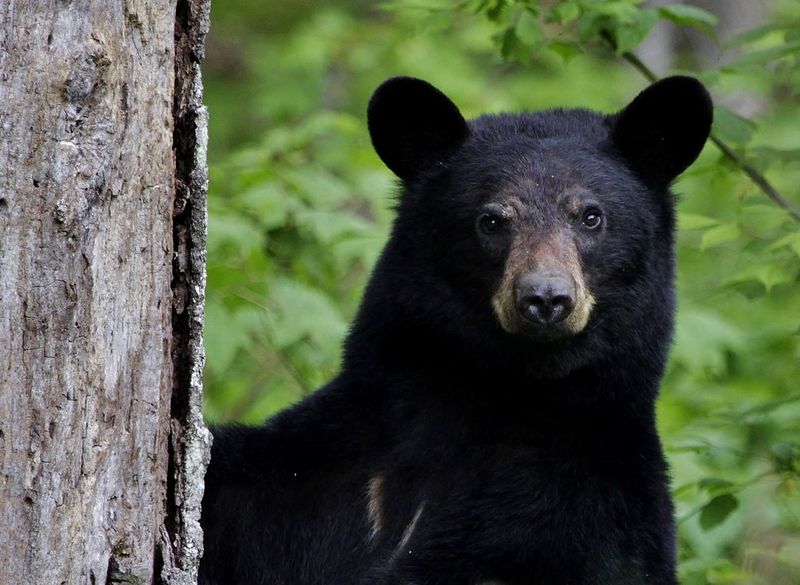
In the dense forests of Shenandoah, the American black bear moves with quiet confidence. This adaptable creature, with its keen sense of smell and curiosity, is a testament to the diversity of wildlife in the park. Despite their size, black bears are known for their shy and solitary nature. Conservation efforts focus on preserving their habitat and promoting coexistence with humans. Observing a black bear in its natural setting is an exciting experience, offering a glimpse into the rich tapestry of life within these ancient woodlands.
Sea Otter
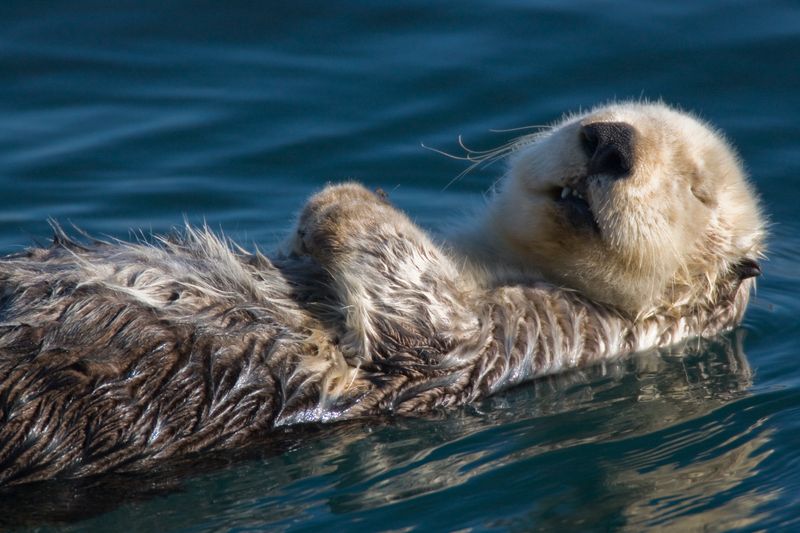
In the kelp forests of the Pacific, the sea otter floats with playful ease. This marine mammal, known for its dense fur and endearing behavior, is a beloved sight. Sea otters play a crucial role in maintaining the health of their ecosystem by controlling sea urchin populations. Conservation efforts have helped restore their numbers, ensuring that they continue to thrive in coastal waters. Watching a sea otter at play is a delightful experience, showcasing the intricate balance of marine life and the importance of protecting these charming creatures.
Harbor Seal

Along the rocky shores of Maine, the harbor seal basks in the sun, embodying the serene beauty of coastal life. With its sleek body and expressive eyes, it captures the hearts of onlookers. Harbor seals are an integral part of the marine ecosystem, feeding on fish and invertebrates. Conservation efforts have ensured stable populations, allowing these seals to flourish. Observing a harbor seal in its natural habitat is a peaceful experience, connecting us to the ocean’s wonders and the delicate balance of marine environments.

